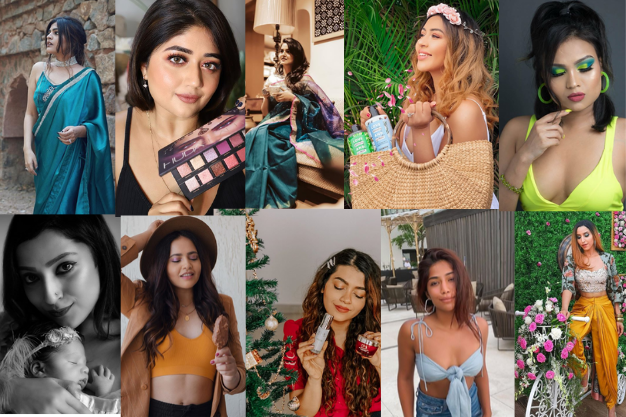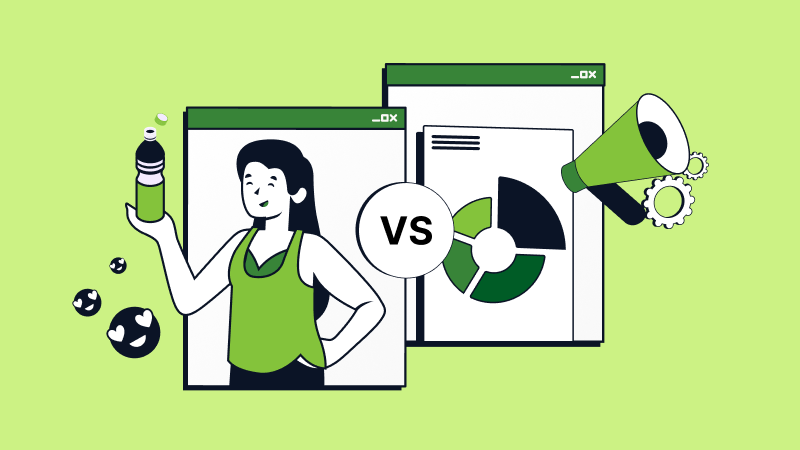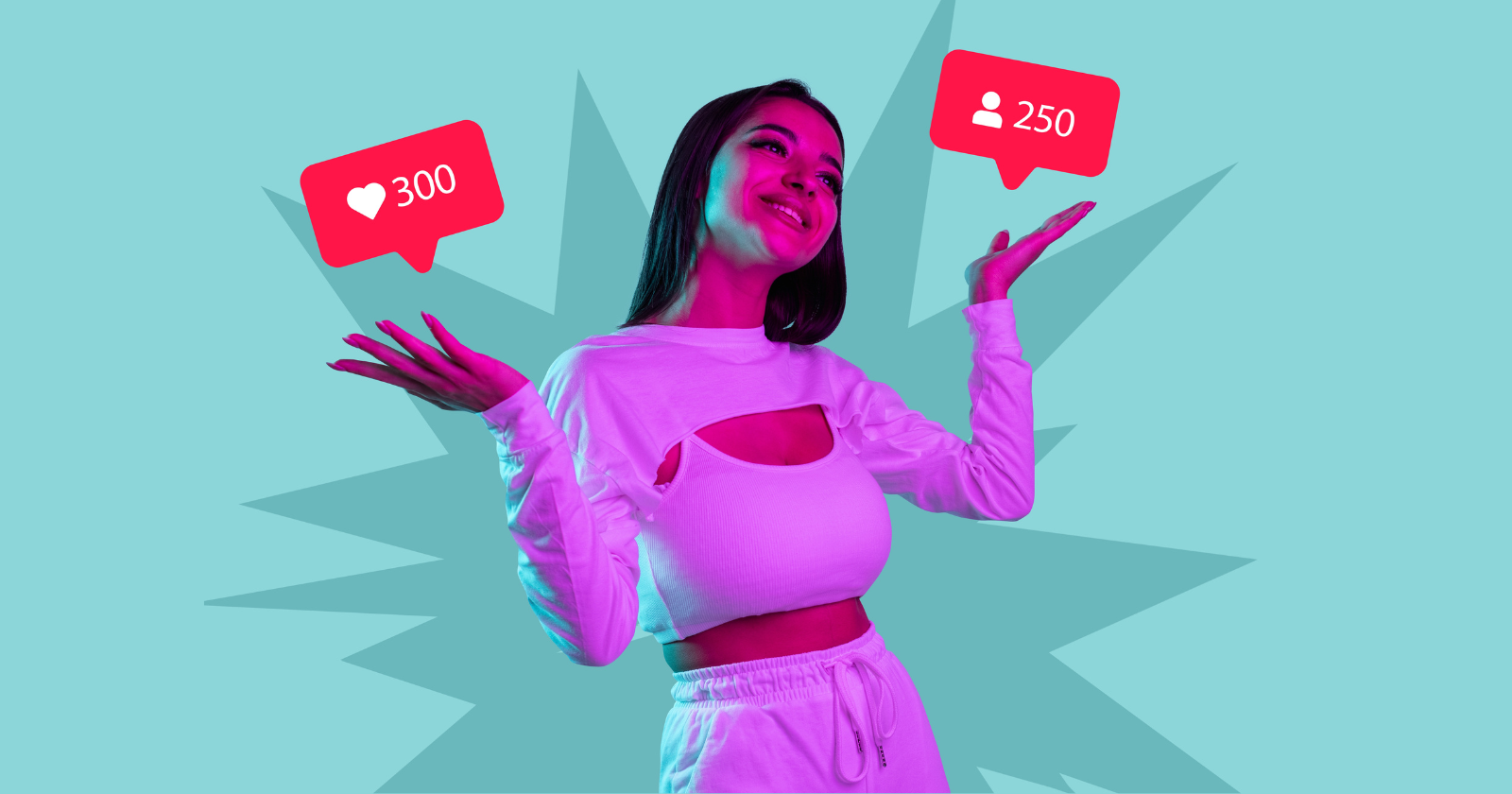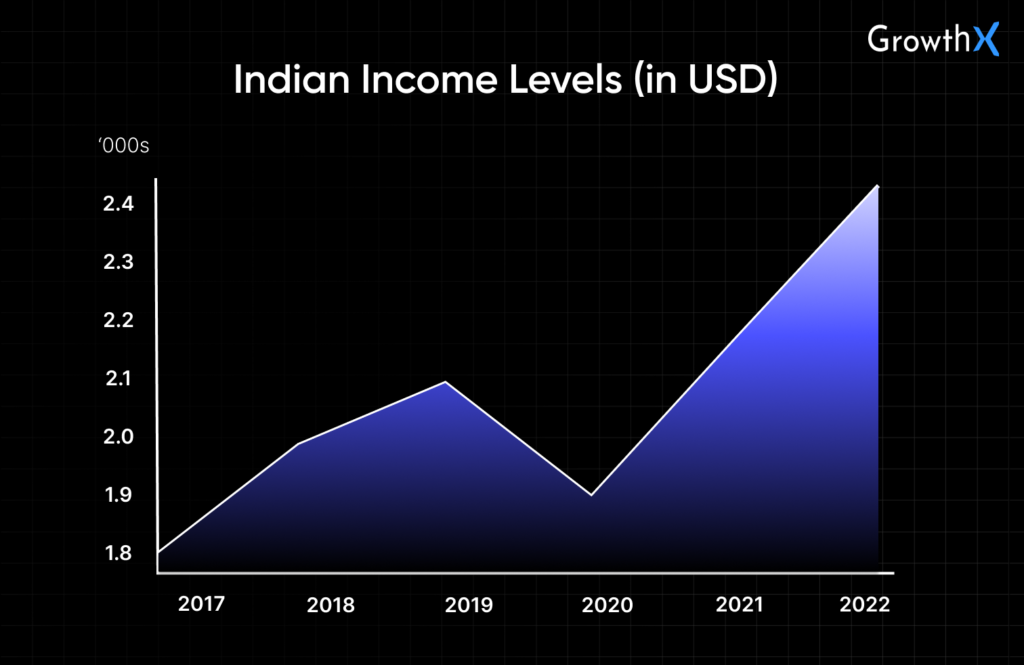Influencer marketing has taken over the world and Indian women influencers are leading the charge. They’re not just creating content—they’re building brands, growing businesses and setting trends.
But how are they doing it? In this post we’ll see how Indian women influencers are using their platforms to build powerful brands following the PAS (Problem-Agitate-Solution) framework.

The Problem: The Changing Face of Marketing
The old ways of marketing don’t work any more. TV commercials, print ads and billboards don’t reach a highly engaged audience like they used to. Consumers are tired of being bombarded with one size fits all advertising. They want authenticity and relatability things they find in social media influencers.
Female influencers, especially in India have built a deep connection with their audience. Whether its beauty tips, fashion advice, lifestyle content or motivational posts, these influencers offer something brands and advertisers can’t trust.

Agitate: The Challenges Indian Female Influencers Face in Building a Brand

Building a personal brand is more challenging than it appears. The idea of making money by creating content can seem glamorous, but the reality is often a grind. Female influencers face various challenges, such as:
Sustaining Engagement: It’s easy to gain attention, but harder to keep it. Staying relevant requires continuous creativity and constant content production.
Shifting Platforms: Social media platforms are always evolving. Algorithms change, rules shift, and trends fade. Keeping up with these changes while maintaining a personal brand is difficult.
Authenticity vs. Commercialization: As influencers grow, they attract more brand partnerships. But striking the balance between staying authentic and making money can be tricky. Too much sponsorship can turn off their followers, but they need to monetize to survive.
Competition Among Female Influencers: The influencer space, particularly in India, is highly competitive. New female influencers emerge daily, and standing out in such a crowded field is a constant challenge.
Building a Business Mindset: Being an influencer is one thing; building a brand is another. Transitioning from individual content creator to brand owner requires understanding business, marketing, and audience monetization strategies.
Despite these challenges, many Indian female influencers have overcome these hurdles to build strong, impactful brands that go beyond social media. They’ve become entrepreneurs, launching their own lines of products, businesses, and even media platforms.
Solution: How Indian Female Influencers Are Building Powerful Brands
Let’s break down how Indian female influencers are responding to these challenges head-on and creating powerful brands that go beyond just Instagram or YouTube fame.
1. Authenticity is Key for Female Influencers in India
Indian female influencers have mastered the art of connecting with their audiences on a personal level. They’re not just selling products; they’re sharing their lives, experiences, and struggles.
One of the best examples of this is Masoom Minawala, a globally recognized fashion influencer from India. Masoom started by simply sharing her love for fashion, but her relatability and authentic connection with her audience have allowed her to partner with major global fashion brands. Today, she is not just an influencer but a brand ambassador for luxury fashion houses. She has also launched her own digital ventures, including platforms to help young content creators and women entrepreneurs.
2. Strategic Brand Collaborations by Female Influencers
Rather than jumping at every opportunity, Indian female influencers are selective about the brands they partner with. They choose brands that align with their personal values and resonate with their audiences.
Take Komal Pandey, a fashion influencer who has collaborated with brands like H&M, Mango, and Daniel Wellington. However, she’s also been vocal about only partnering with brands that align with her sense of fashion and style. Komal’s followers appreciate her candidness, and this has helped her maintain trust while successfully monetizing her platform.
3. Indian Female Influencers Building Personal Brands Beyond Social Media
Influencers like Prajakta Koli, known as MostlySane on YouTube, have transcended social media platforms. Prajakta started with relatable, everyday comedy videos but has since evolved into a powerhouse brand. She’s starred in Bollywood films, partnered with Netflix for shows, and is a UN ambassador for the Goalkeepers program.
Prajakta’s ability to take her personal brand beyond YouTube and into mainstream media showcases the power female influencers can wield when they branch out into other industries.
4. Product Lines Launched by Indian Female Influencers
Indian female influencers are increasingly using their platforms to launch their own products and businesses, turning their followers into customers.
Kusha Kapila, a comedic influencer and actress, launched a capsule collection of handbags with the popular Indian brand Zara. By using her popularity to drive sales for her own line, Kusha capitalized on her personal brand and connection with her audience. Her followers didn’t see it as just another promotional deal—they viewed it as an extension of her personal style.
Similarly, Malvika Sitlani, a beauty influencer, launched her own beauty brand called Masic Beauty. This move allows Malvika to monetize her knowledge of the beauty industry and create products her audience loves.
5. Diversifying Revenue Streams for Female Influencers
Savvy female influencers are not just relying on brand deals—they’re diversifying their revenue streams. By doing this, they ensure long-term sustainability.
For instance, Shreya Jain, a beauty influencer, not only collaborates with beauty brands but also runs workshops, has her own product lines, and creates paid content for platforms.
6. Content Creation that Adds Value: A Female Influencer Strategy
To keep their audiences engaged, Indian female influencers focus on creating content that goes beyond promotion—it educates, inspires, and adds value.
Sejal Kumar, a popular lifestyle and fashion influencer, has consistently created content that helps her audience rather than just promoting products. She shares practical fashion tips, styling hacks, and life advice.
Case Study: How Female Influencers Boosted Nykaa's Growth
Nykaa, one of India’s largest beauty and cosmetics platforms, is a perfect example of a brand that’s effectively leveraged Indian female influencers. Nykaa’s brand campaigns heavily featured influencers like Shreya Jain, Debasree Banerjee, and Santoshi Shetty, using their reach to promote product lines, new launches, and brand stories.






